- Home
- TV History
- Network Studios History
- Cameras
- Archives
- Viewseum
- About / Comments
Skip to content
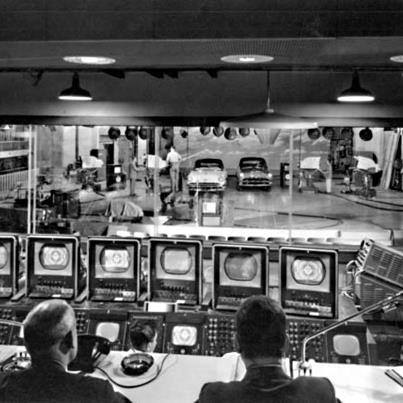



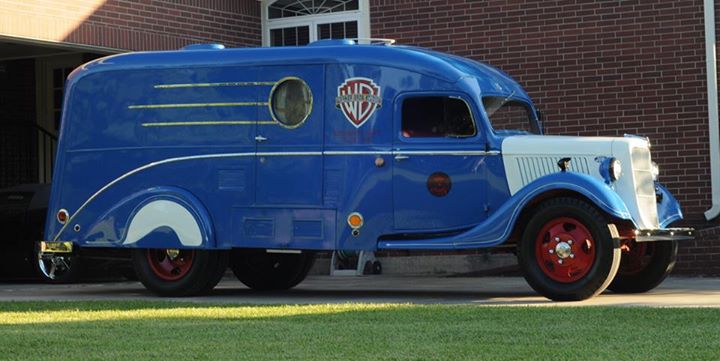

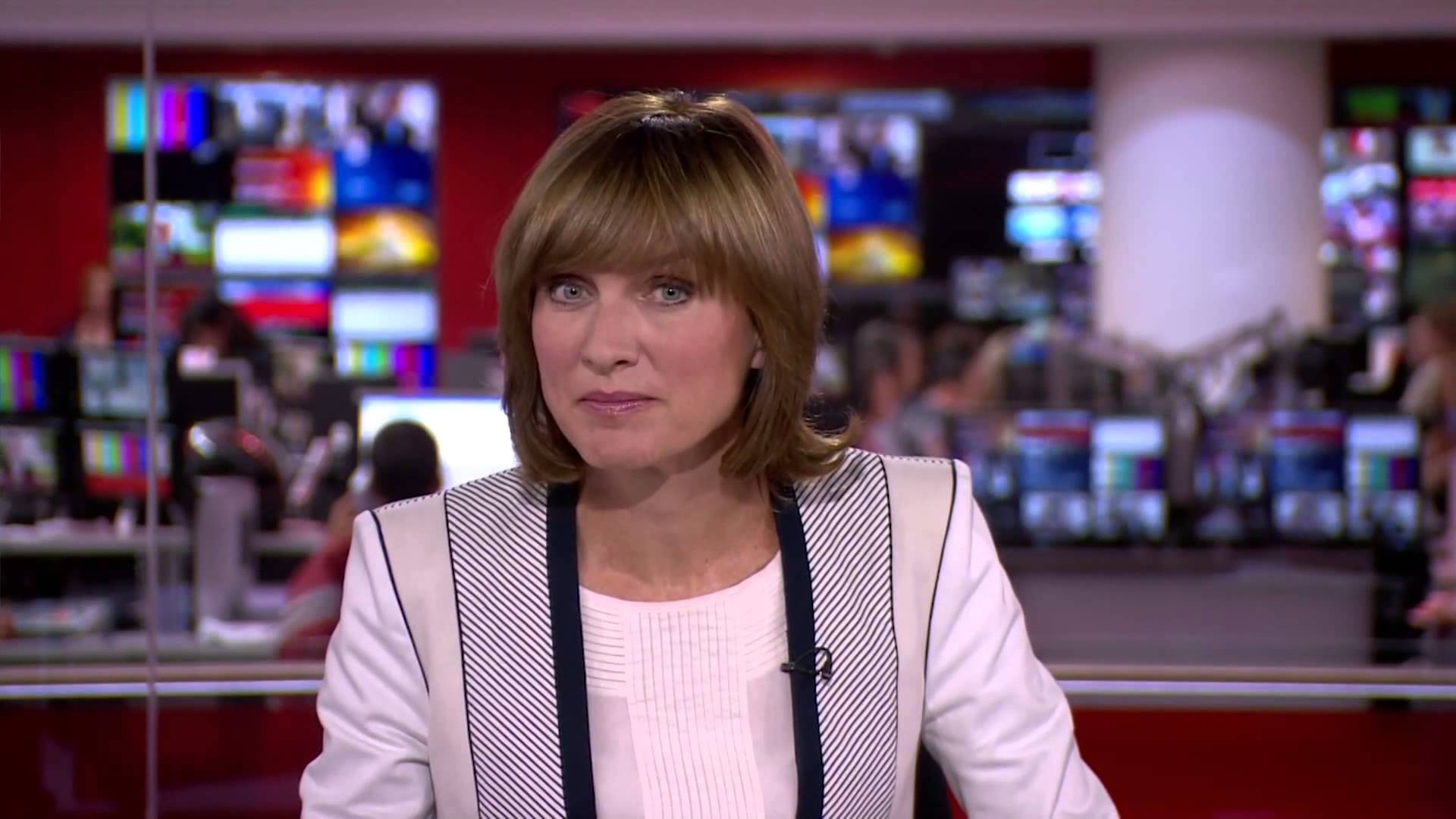



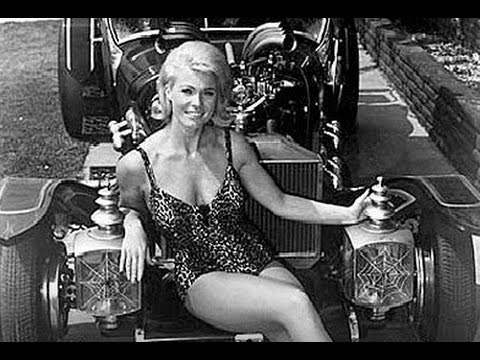







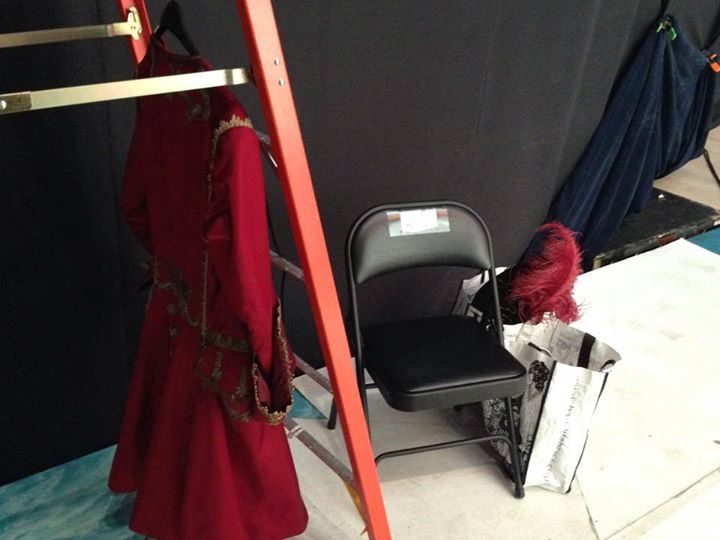











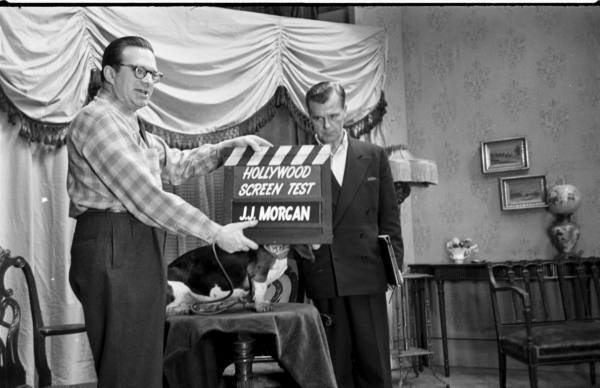

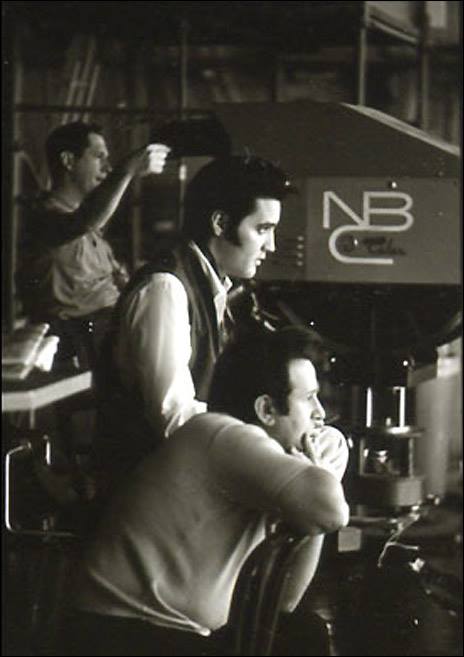



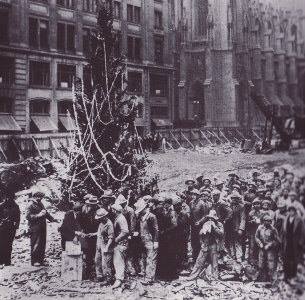



Posts in Category: TV History
Page 45 of 136
« Previous
1
2
3
4
5
6
7
8
9
10
11
12
13
14
15
16
17
18
19
20
21
22
23
24
25
26
27
28
29
30
31
32
33
34
35
36
37
38
39
40
41
42
43
44
45
46
47
48
49
50
51
52
53
54
55
56
57
58
59
60
61
62
63
64
65
66
67
68
69
70
71
72
73
74
75
76
77
78
79
80
81
82
83
84
85
86
87
88
89
90
91
92
93
94
95
96
97
98
99
100
101
102
103
104
105
106
107
108
109
110
111
112
113
114
115
116
117
118
119
120
121
122
123
124
125
126
127
128
129
130
131
132
133
134
135
136
Next » I’ll Tell You A Secret If You Promise Not To Tell
On December 8, 2014
- TV History
Picture Parade 4…I’ll Tell You A Secret If You Promise Not To Tell
This is a shot from the Control Room of CBS Studio 72 in New York…the only color facility the network had in the east. On stage, we see four RCA TK41 color cameras, but can you spot the fifth one?
Yes, that’s it at the side of the stage with a dust cover. Here’s the secret. That camera is the TK40 that CBS asked Philco to buy for them on the sly. After RCA won the color war, CBS was mad as hell, but knew that color was coming and like it or not, they had to see what was under the hood, but didn’t want to give RCA the satisfaction of becoming one of their first color customers so they paid Philco to buy it and a few color monitors. Enjoy! -Bobby Ellerbee
Everybody Loves A Winner
On December 8, 2014
- TV History
Picture Parade 3…Everybody Loves A Winner
Here’s a fun shot from 1957. I think this is at the Raleigh-Durham airport where Tar Heal fans are gathering to welcome the new NCAA basketball champs home to the University of North Carolina.
These RCA TK 11/31s were real workhorses. Notice the far camera has an Angenieux zoom. Enjoy! -Bobby Ellerbee
Who Wants One Of These For Christmas?
On December 8, 2014
- TV History
Picture Parade 2…Who Wants One Of These For Christmas?
This is a beautifully restored sound truck from Warner Brothers. In the 1930s and 40s, it was garaged at what would later become the NBC Brooklyn Studios. Back then, Warner owned the property which they had bought from Vitograph. NBC bought it in 1953. Enjoy! -Bobby Ellerbee


Why Fully Automated Television Is A BAD IDEA! Anywhere!
On December 8, 2014
- TV History
Why Fully Automated Television Is A BAD IDEA! Anywhere!
The good news is, this blooper reel was put together by human hands. The bad news is, that’s about all they get to touch at BBC News, as the whole system is automated, and here are some of the embarrassing results of that decision.
The biggest problem at the BBC isn’t the camera robotics…it’s the fact that they are using full control room automation! Producers have to put computer code in the scripts that tells the cameras where to be, whose microphone is on, what clips to play, what supers to lay in, etc. It’s pretty remarkable when it works, but all it takes is one forgotten cue or mistaken code number to screw everything up. And once one thing gets screwed up, it tends to snowball.
Thanks to Andy Rose for the clip and help. Can “Sky Net” be far behind? Let’s hope not, and that the BBC “innovation” isn’t contagious. It’s like Ebola for TV. Enjoy and share! -Bobby Ellerbee


50 Years Ago Today…A Christmas Classic Was Born!
On December 6, 2014
- TV History
50 Years Ago Today…A Christmas Classic Was Born!
The evening of December 6, 1964, kids across the country tuned into NBC for the debut of ‘Rudolph The Red Nosed Reindeer’ in living color. It’s aired every year since.
The Christmas television special was produced in stop motion animation by Rankin/Bass Productions, and was sponsored by General Electric under the umbrella title of ‘The General Electric Fantasy Hour’. The GE commercials in the first two years also featured the Rankin/Bass characters.
Below is a clip of the Burl Ives “Holly Jolly Christmas” segment. I watched…did you? Happy Birthday Rudolph! Enjoy and share! -Bobby Ellerbee


Remembering ‘The Munsters’…And MUCH MORE! A ’60s Time Capsule
On December 6, 2014
- TV History
Remembering ‘The Munsters’…And MUCH MORE! A ’60s Time Capsule
This is a fantastic and very broad look at the show, as well as everything going on at the time on all three networks. There is a ton of great rare footage here from all around Hollywood and a list of names that is hard to believe…even Rocky and Bullwinkle! This is very well done, and even if you are not a big Musters fan, I think you enjoy the wide scope of topics and history captured here. Enjoy and share! -Bobby Ellerbee
http://www.youtube.com/watch?v=gX_s449BVeE
The Munsters Television Show Documentary. the munsters. the munsters the munsters #the munsters #the munsters #the munsters # the munsters # the munsters mun…


December 6, 1923…First Presidential Speech On Radio
On December 6, 2014
- TV History
December 6, 1923…First Presidential Speech On Radio
The White House was brought fully into the modern age of communication when Calvin Coolidge (1923-1929) made the first presidential radio broadcast from 1600 Pennsylvania Avenue on this day in 1923. The next year, he made history again in by appearing in the first sound film of an American President.
During the Civil War, Abraham Lincoln (1861-1865) used a telegraph to keep in touch with his battlefield generals which was across the street from the White House at the War Department.
In 1877, President Rutherford B. Hayes (1877-1881) spoke on the telephone to the instrument’s inventor, Alexander Graham Bell. Two years later, Hayes had his own telephone in the White House, but the invention was so new that very few homes or offices in Washington had phones, so Hayes had few people to talk to. In fact, the president’s telephone number was “1”.
Men who were campaigning to be president used another invention, the phonograph. Recordings were made of campaign speeches, to get the word out about a candidate and his political views before the election. In the presidential race of 1908, for instance, disks of William Howard Taft and William Jennings Bryan could be purchased and then played at a church, or other gathering place, in towns which these presidential candidates could not visit by train. The records would come with a photograph of the candidate, so voters knew what he looked like.
Compare the number of people presidents could reach before and after radio. President Andrew Jackson (1829-1837), a very popular leader, spoke to only 10,000 people at his inauguration. Less than one hundred years later, President Coolidge broadcast an address to 23 million radio listeners as his voice was carried through telephone lines across the nation.
No one knows exactly how many people saw George Washington on his carriage tours, but even if he saw 1,000 people every day lined up on the streets, or at ceremonies, only about 100,000 Americans would have seen him — and this was after three months of traveling! In just an instant, 23 million Americans heard Coolidge speak. Enjoy and share! -Bobby Ellerbee
http://www.youtube.com/watch?v=5puwTrLRhmw
The first presidential film with sound recording.
‘Peter Pan’…Behind The Scenes #5
On December 5, 2014
- TV History
‘Peter Pan’…Behind The Scenes #5
There’s a little of everything in this batch, but we’ll start with a thanks to all the people both on stage and off that did such a great job last night. The first couple of photos here are screen shots of the credits for the stage managers and utility crew. Arrrrrrr Mates…well done, and no one had to walk the plank! Thanks again to the many who’s pix are here. More to come later and more on the photos, so click through, enjoy and share! -Bobby Ellerbee
‘Peter Pan’…Behind The Scenes #4
On December 5, 2014
- TV History
‘Peter Pan’…Behind The Scenes #4
Most of these pix are from our friend Charlie Huntley, who was on Camera 11 last night. As we’ll see, 11 is hidden behind the wall in Wendy’s bedroom which was a 360 degree set that opened up for the flying scenes. I think that was the only true 360 set, but the the Jolly Roger set was close with only the front side open.
We’ll start with a great look at the Jolly Roger and how that was shot. In the first big picture, you see the camera wall that got all of the head on shots like the one we see of the Hook crew dancing. More details on the pictures so be sure and click through. That’s all for now, but later in the day, I am expecting more pix. Thanks to Charlie, Rob and all the others who have contributed. Everyone did a great job last night and we ALL thank you! Enjoy and share! -Bobby Ellerbee
‘Peter Pan’…Behind The Scenes #3
On December 5, 2014
- TV History
‘Peter Pan’…Behind The Scenes #3
What a wonderful, one of a kind, shot to open with…Chris Walken’s Captain Hook coat and hat at his resting chair on the set. All that hoofing and singing takes a lot out of a guy, but it was worth it! Thanks to Rob Balton for these great shots. More on the photos, so click on each one. Enjoy and share! -Bobby Ellerbee
‘Peter Pan’ Behind The Scenes #1
On December 5, 2014
- TV History
Williams Flies…Walken Soars! ‘Peter Pan’ Behind The Scenes #1
The sight, the sound, the splendor…it was live television magic! The first reviews are out and although many a snarky line from critics were waiting to be penned, they weren’t. Even the critics agree, everyone wanted this to work…and it DID!
There are a lot of great pictures from the set coming in and I will be posting them in batches today so stay tuned. More on the way.
It seems the main criticisms are about the length of the production and that it dragged in a few places. When Mary Martin was ‘Peter Pan’, the first two productions were two hours and the third, the 1960 video taped version, was about ten minutes longer. Making each minute of a 180 minute production dazzle, is a big job and in my opinion, the camera work, sets and effects DID DAZZLE! The names of the camera crew are on two screen shots from the closing credits…these twelve men, along with the entire crew are among the best in the business. More on the pix! Enjoy and share! Many Thanks to Rob Balton for most of these pix…more coming! -Bobby Ellerbee
‘Peter Pan’…Exclusive Behind The Scenes Video
On December 5, 2014
- TV History
‘Peter Pan’…Exclusive Behind The Scenes Video, Post #2
This is our friend Rob Balton (who just went to bed at 4AM ET) with his Techno Jib rehearsing a flying scene. Here you can see the relative positions of the sets in this studio with Wendy’s room in the distance, the miniature set in the middle and what I think may be the edge of Neverland behind them. Thanks for sharing this Rob! More pictures coming up next! Enjoy and share! -Bobby Ellerbee
A Preview From Never Never Land…’Peter Pan’, Live Tonight
On December 4, 2014
- TV History
A Preview From Never Never Land…’Peter Pan’, Live Tonight
Below is a link to the great New York Times story on tonight’s live blockbuster from NBC. These photos are from that article and here are a few interesting tidbits on some of the production techniques and surprises to watch for.
First, unlike ‘The Sound Of Music’ last year, many of the sets will be 360 degree wraparounds that will be shot with Steadicams and jibs.
All told, Pan includes roughly ten times as many technical components as last years live SOM event with lots of live special effects, including flying. So far the flying has been smooth, but some other things have been a little nerve wracking…like “the shadow dance”.
The shadow — actually a computerized projection — is one of dozens of complex technical elements intended to boost the wow factor in NBC’s three-hour broadcast. In this segment, the shadow squats when Peter crossed his arms, and crossed its arms when Peter squats…or, that’s the way it should work. During the Times reporter’s visit, the shadow took on a mind of it’s own and wasn’t minding it’s handler.
In addition to the rebellious shadow, other complicating factors include a live, computer-generated Tinker Bell; moving sets; a contraption-heavy pirate ship; and a talented mutt named Bowdie who plays Nana the dog.
The producers are embracing showy theatricality with an eye toward establishing such live productions as a holiday tradition for NBC. The network has already secured the rights to ‘The Music Man’ as its 2015 offering, though it won’t commit until they see how this one comes off.
“Break A Leg” everyone! Among our friends on the camera crew are Charlie Huntley, Rob Balton and Tore Livia. We wish cast and crew alike our best. A little more on the photos, so chick on each.
Tomorrow, back stage shots! Enjoy and share! -Bobby Ellerbee
Rockin’ The 30 Rock Tree, Back In The Day…
On December 4, 2014
- TV History
Rockin’ The 30 Rock Tree, Back In The Day…
Thanks to John Schipp, here’s a shot from 1966. The trucks are N3 and there’s a TK41 in the center of the shot. The tree lighting used to be carried locally on channel 4 on tape delay. The crowds were so thick that It would take John 30 minutes to carry the videotape from the truck to the tape room on the fifth floor.
Today, there are no mobile units used. The audio and video are linked directly to the Studio 8H control room. Dennis Degan tells me it’s been done this way for several years now. Enjoy and share! -Bobby Ellerbee
Classic! ABC Golf Promo…Circa 1968
On December 3, 2014
- TV History
Classic! ABC Golf Promo…Circa 1968
Keep your eyes peeled here…there is a lot of interesting equipment passing by. We’ll see everything from RCA TK41a and TK60s to Norelcos, GE PE350s and the rare Ampex portable. There’s also some interesting tape and delay equipment here and I hope some of you can call that out. Not sure of the date, but given the cameras, I think this is from the late ’60s. Enjoy and share! -Bobby Ellerbee
ABC’s First Series…’Hollywood Screen Test’, April 1948
On December 3, 2014
- TV History
ABC’s First Series…’Hollywood Screen Test’, April 1948
The “television magic” starts with the name of the show…it was actually done in New York. ABC didn’t have a television property in Los Angeles till September of 1949.
Debuting on 15 April 1948, and hosted first by Bert Lytell and then Neil Hamilton (who we know best as Commissioner Gordon on ‘Batman’). The idea behind ‘Hollywood Screen Test’ was to give exposure to many up-and-coming actors who were looking for their big break. Relative unknowns would be picked to guest star on the show with a half-hour scenes of dialogue from a couple of different plays with established stage and screen actors.
Among the stars discovered on ‘Hollywood Screen Test’ were Grace Kelly, Jack Klugman, Pernell Roberts, and Jack Lemmon.
Originally the show aired on Sundays at 8 ET. Across the dial, it’s Sunday night competitors were ‘Toast Of The Town’ with Ed Sullivan on CBS, ‘Meet The Press’ and ‘Admiral Revue’ with Sid Caesar on NBC and ‘The Original Amateur Hour’ on Dumont.
This was the first network series broadcast on ABC-TV, which started TV broadcasting in April 1948. 1948 was the first season in which all four networks, then in operation in the US, offered nightly prime time schedules. By the way, the dog named JJ Morgan got a job too. Enjoy and share! -Bobby Ellerbee
December 3, 1968…NBC Airs ‘Elvis’, The Year’s Top Special
On December 3, 2014
- TV History
December 3, 1968…NBC Airs ‘Elvis’, The Year’s Top Special
Here is the whole show, and the Elvis we all like to remember…funny and playful. Notice the great color…this was one of the last big shows done with the RCA TK41s at Burbank.
In the photo below, we see a rarity…Burbank’s modified TK41 viewfinder with Emmy winning cameraman Roy Holm. I’ve heard the original VF was damaged on a remote and since production stopped in 1966, Burbank engineers make their own VF using a Conrac monitor and building a new housing for it. You may have seen this camera before and wondered…now you know.
This 90 minute special was taped in Studio 4 over a period of four nights starting June 26 and ending June 30 with two shows a night with an hour break between so eight audiences saw the show and all of them were taped. The first shows each night were the sit down performances in the round. The second shows were the stand up performances.
These were the first live shows Elvis had done in four years. The show was a smash hit and after it aired, Elvis returned to the road with a record breaking sting of sold out shows and to the charts with “Suspicious Minds” and “The Wonder Of You”. Enjoy and Share! Bobby Ellerbee
Macy’s Parade History Followup…First Network TV Coverage, CBS
On December 2, 2014
- TV History
Macy’s Parade History Followup…First Network TV Coverage, CBS
Thanks to historian David Schwartz and friends, we’ve been able to verify that the first network television coverage of the Macy’s Parade was on CBS. From The New York Times, we have a small news item, and the television listings.
Notice that WNBC and WPIX are offering coverage too, but that is local only. The photo is from that year and notice the broadcaster on top of the marquee with a microphone…I think he is a radio host. The annual festivities were broadcast on local New York radio from 1932 through 1941,and resumed in 1945 through 1951. Enjoy and share! -Bobby Ellerbee
‘Tis The Season! Rockefeller Plaza Tree Lighting Tomorrow…
On December 2, 2014
- TV History
‘Tis The Season! Rockefeller Plaza Tree Lighting Tomorrow…
Although the official Christmas tree tradition at Rockefeller Center began in 1933 with the opening of 30 Rockefeller Plaza, here is the start of the unofficial tradition which began during construction. Workers decorated a 20 foot fir tree with “strings of cranberries, garlands of paper, and even a few tin cans” on Christmas Eve in 1931. Some accounts have the tree decorated with the tin foil ends of blasting caps. There was no Rockefeller Center Christmas tree in 1932.
Also shown here are photos from the tree lighting events of 1949, 1963 and 1975. Thanks to Ed Eaves, there’s nice shot from across 6th Avenue showing the new marquee and some holiday spirit. Happy Holidays! -Bobby Ellerbee
‘Peter Pan’…How To Fly And Get Audio At The Same Time
On December 2, 2014
- TV History
‘Peter Pan’…How To Fly And Get Audio At The Same Time
This is Director Jerome Robbins flying with Mary Martin in March of 1955 at NBC Brooklyn. When Robbins directed the show on Broadway, he didn’t have to worry about audio, but when it came to the television production he did. How do you mic a flying Mary Martin?
Booms were used for most of the show, but for the flying sequences, something special was called for. In 1953, Shur had introduced “The Vagabond” wireless mic which was used by Marlin Monroe when she was interviewed by Edward R. Murrow on ‘Person To Person’ in 1955.
They tried a Vagabond, but it was not strong enough, so NBC engineers came up with a stronger unit. The mic was on Martin’s chest under her costume and the transmitter was under her arm. The antenna was in a special belt she wore. In order to receive the signal, wires were embedded in the floor of the set, and strung from the lighting grid. Enjoy and share! -Bobby Ellerbee
Page 45 of 136
« Previous
1
2
3
4
5
6
7
8
9
10
11
12
13
14
15
16
17
18
19
20
21
22
23
24
25
26
27
28
29
30
31
32
33
34
35
36
37
38
39
40
41
42
43
44
45
46
47
48
49
50
51
52
53
54
55
56
57
58
59
60
61
62
63
64
65
66
67
68
69
70
71
72
73
74
75
76
77
78
79
80
81
82
83
84
85
86
87
88
89
90
91
92
93
94
95
96
97
98
99
100
101
102
103
104
105
106
107
108
109
110
111
112
113
114
115
116
117
118
119
120
121
122
123
124
125
126
127
128
129
130
131
132
133
134
135
136
Next » 
